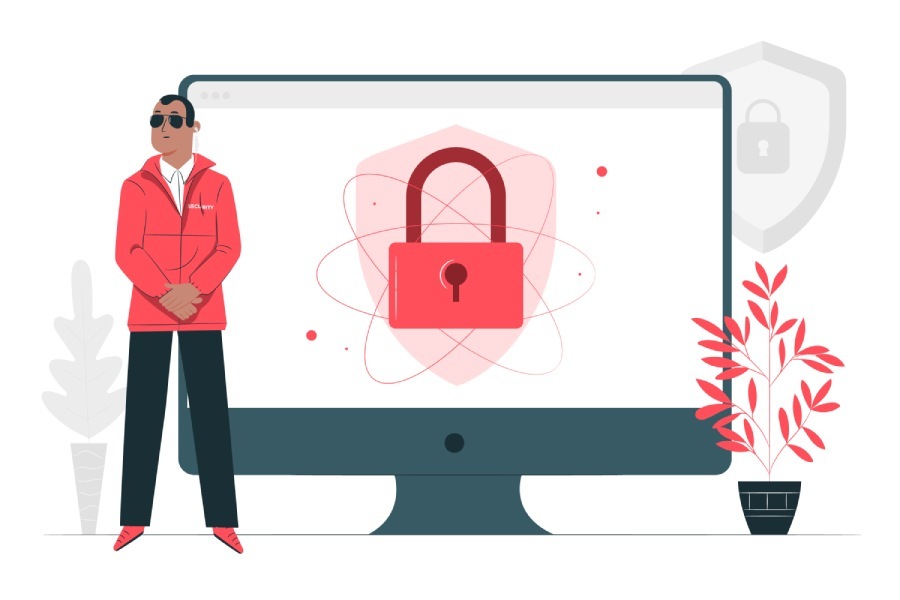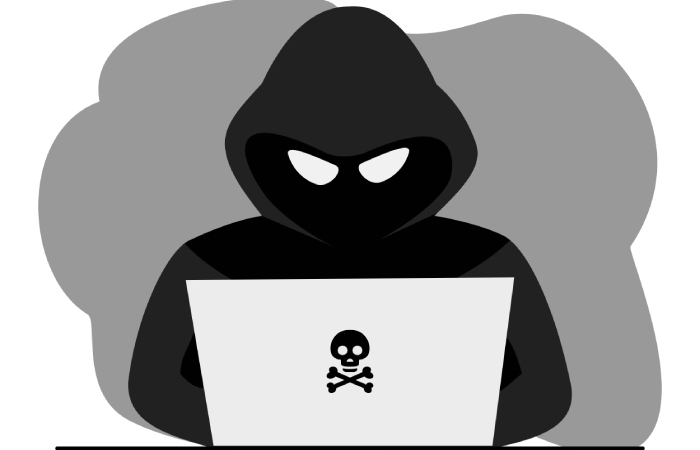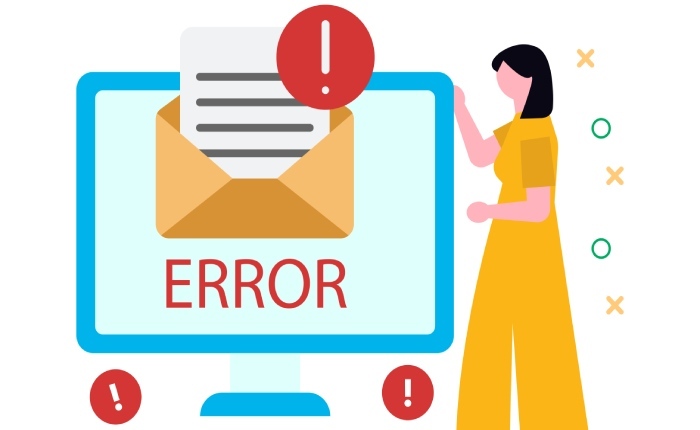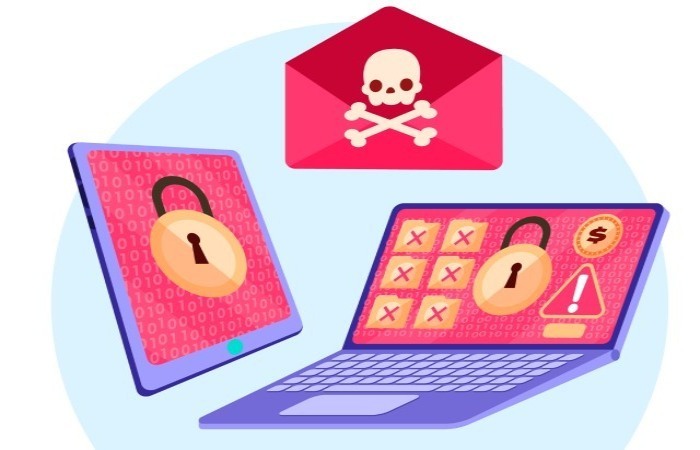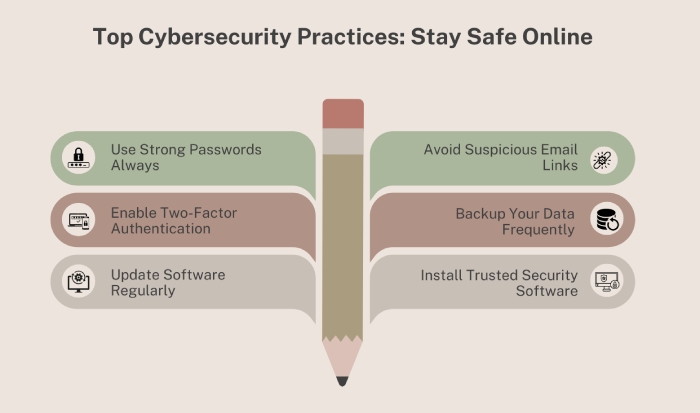Are humans the most vulnerable link when it comes to cybersecurity?
The cybersecurity ecosystem stands tall on three supporting pillars- technology, processes, and people. As cyber scams are getting more sophisticated with one attack at a time, cybersecurity experts are bound to introduce more complex technology and intricate processes to curb the risk. However, human beings tend to lag behind when it comes to matching the pace with the latest cybersecurity dynamics. The 2025 Data Breach Investigation Report by Verizon has claimed that a staggering 60% of data breaches took place because of human error. Undeniably, we are the most vulnerable when it comes to the cybersecurity landscape.
The blog aims to explore the bottlenecks that are contributing to humans being the weakest link in cybersecurity.
Humans- the easiest target for threat actors
Human beings are complicated. They think and act according to their will and belief. While sometimes they come up with the best decisions and save the day, at other times, their irrational decisions can lead to disastrous endings. Also, repeating the same mistake again and again is something that is quite integral in some people’s nature. Another crucial factor is that human beings can easily get confused. And perplexity hits the gullible people the most. That’s exactly why they are the easiest and most favorite targets of threat actors.
Hence, most organizations often fall prey to cyberattacks due to incidents of negligence by employees. Regular training and cybersecurity awareness can minimize the risk to a certain extent. But people still tend to remain the weakest link in the cybersecurity chain!
Let’s find out how human vulnerability impacts the cybersecurity dynamics!
Common human errors that may lead to cyberattacks
Misconfigurations
A whopping 82% of cloud misconfigurations happen because of human error. Developers and system administrators can mistakenly expose a secret key in public or ignore access control. They can even forget to change the default password, thereby making it easy for threat actors to break into the system.
Weak authentication
People generally avoid MFA or multi-factor authentication because they find the process cumbersome. But what they forget is that this additional step can act as a barrier between their systems and threat actors.
Weak passwords
We use multiple apps, emails, and tools every day. Each one has their own passwords. It sometimes gets impossible to remember all the passwords correctly. So, people choose to stick with easy passwords. Also, another big mistake is to use the same password across multiple platforms.
Delivery error
One of the most common human errors is to send an email to the wrong recipient. Not only is this embarrassing, but it can also lead to a serious data breach.
Threat attacks that happen because of human error
Credential attacks
Such attacks involve threat actors trying to hack into a password-protected system or device. They keep trying to get access by using potential weak passwords. Sometimes, they may even have access to real passwords that are stolen in data breaches. Weak passwords and not using MFA can make your passwords vulnerable to such threat attacks.
Phishing and spoofing attacks
Cybercriminals use social engineering tactics to sound convincing enough and earn the trust of naive users. They often send malicious emails to carry out phishing or spoofing attacks by playing with the emotions of the recipients. For example, those emails may carry a sense of urgency, because of which the recipients act in haste and make a wrong decision. More often than not, such attacks become successful because of the vulnerability in human nature.
Malware and ransomware attacks
Quite a common form of cyberattack nowadays, malware and ransomware attacks can take place because of human negligence. Clicking on any malicious emails carelessly or downloading any suspicious files can easily download malware onto your system. Also, failing to update your device from time to time can lead to vulnerabilities, which give easy access to threat actors.
People often delay updating their devices on time since they find the process time-consuming.
How to remediate the human vulnerability?
Cybersecurity training
Conducting cybersecurity training that is actually applicable in real-world scenarios can be of great help. Spreading awareness around cyber risks and teaching about best cybersecurity practices, too, can bring down the chances of future attacks.
Investing in the right tools
Bolster your current cybersecurity setup by investing in the right tools. This includes enhancing device security across your organization to protect endpoints from potential threats. Partnering with solutions like DuoCircle can further strengthen your defense by providing advanced email security tools to guard against human-related vulnerabilities. Also, educate yourself and your team about the tools to make the most out of them.
Adopting a culture of cybersecurity
In order to secure your organization against cyberattacks, it is important to develop a culture of cybersecurity within your company. Prioritizing cybersecurity and leading by example can indeed make a difference.
Conclusion
No state-of-the-art technology and sophisticated cybersecurity process can safeguard your data against threat actors if the element of human error is still there. The Verizon report is a testament to human vulnerability against cyber threats. Proper training, a robust cybersecurity culture, and investing in the right tools and gear can minimize the risk. But expecting an error-free result from that? That’s still a distant cry, at least in 2025!
